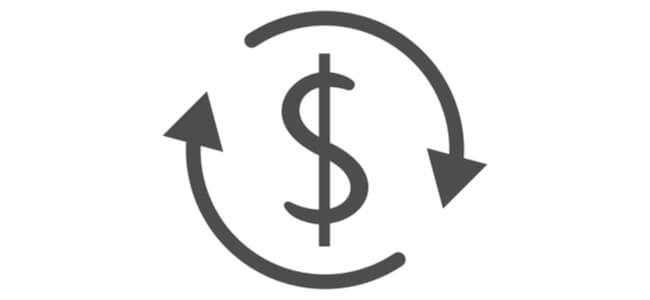How To Better Manage Your Loans Using Debt Refinancing?

If you’re searching for ways to top up your emergency fund and cover retirement ambitions, debt refinancing can be one way to accomplish it. By lowering your monthly payments, you’ll have more cash to put toward your financial goals or pay for that vacation you’ve been planning.
However, before jumping in, you’ll want to be sure that you know how to refinance debt so that you reap the most significant reward possible.
What Does Debt Refinancing Mean?
The point and meaning behind debt refinancing revolve around replacing your current loan with a new, more affordable one. Accordingly, the balance owed on the previous lending product is repaid and retired with the freshly obtained financing.
Ideally, this process should make payments more manageable or extend the repayment duration. For instance, perhaps when you took out the loan, interest rates were high. Now, rates have hit rock-bottom. If eligible, you can refinance and take advantage of the lower APRs to reduce payments.
What Kind of Debt Can Be Refinanced?
Here are some of the types of lending products that are eligible for this process.
- Mortgages: Interest rates on home loans go up and down. If you happened to buy your house when the rates were high, you might want to refinance. Your monthly mortgage payment is most likely your largest monthly payment. If you can reduce the monthly amount, you’ll free up money for other purposes
- Student loans: It’s possible to apply this process to your student debts, especially if your salary isn’t large enough to cover all your expenses. Your ability to do so depends on whether you have a private loan or a federal student loan. Check with lenders to determine the best direction
- Auto loans: Refinancing your auto lending product isn’t as straightforward as a mortgage, but can still be achieved. Interest rates for auto loans are based not only on your credit but also on the age of the vehicle. If you’ve been paying the balance for a while, you may not gain much by undergoing this process. You can extend the duration, lowering your monthly payment, but it might cost you more over the long run
Debt Refinancing Vs. Debt Restructuring
When choosing to refinance, your objective is to secure more favorable terms to reduce your monthly payment. The process involves retiring your initial loan with new financing.
On the other hand, debt restructuring doesn’t close your current account. When you find it impossible to meet your obligations, you can apply to restructure the loan terms. You might ask for a new, more manageable payment schedule or other conditions that make it possible for you to pay back the lending product. Most lenders are amenable to arrear restructuring because it alleviates them of the need to take collection action.
How To Refinance Debt
Refinancing requires the same kind of consumer consciousness that you used when you first took out the loan.
- Shop around to find lenders that offer the best terms
- Before applying, make sure your credit score isn’t going to be an issue. The approach won’t help if you don’t qualify for the lowest interest rates
- Shop around to obtain quotes from different lenders. Online lending marketplace platforms are great for this. They make it easy to get multiple quotes with no hard credit check so you can compare prices and find the best deal
- During the application process, refrain from opening new financing accounts. Any dip in your credit score could hurt your likelihood of application approval
- Be sure to read the loan document carefully. Ask for a full accounting of all fees, especially closing costs, before signing
Pros And Cons
Undertaking this process can be beneficial, but it also has some pitfalls.
Pros:
- You can lower your monthly payment: Since your monthly repayment includes the principal and interest, anything you can do to get a better rate will result in more money in your pocket at the end of the month
- Capitalize on improved market conditions: If you know how to debt refinance sensibly, you transition from a variable rate to a fixed rate. In doing so, you can eliminate fluctuating payments and potentially lock in a lower interest
Cons:
- It costs money: You’ll have to pay fees and closing costs. Lenders set different rates, but typically, these charges run between 3% to 6% of your outstanding principal
- Your credit score will drop: When you apply for debt refinancing, lenders check your report. This is what’s known as a “hard inquiry,” and it can cause a temporary drop in your score
The Bottom Line
Better prevailing interest rates are one reason to consider this process, but debt refinancing is also wise when your financial condition improves. For instance, maybe you didn’t have the best credit score when you took out the loan. These factors play into the kind of interest the lender offered.
If you’ve managed to improve your score or have more income, you can refinance your balance and obtain terms that match your enhanced financial circumstances. Above all, it’s essential to shop around and carefully review your new loan documents before signing on the dotted line.



